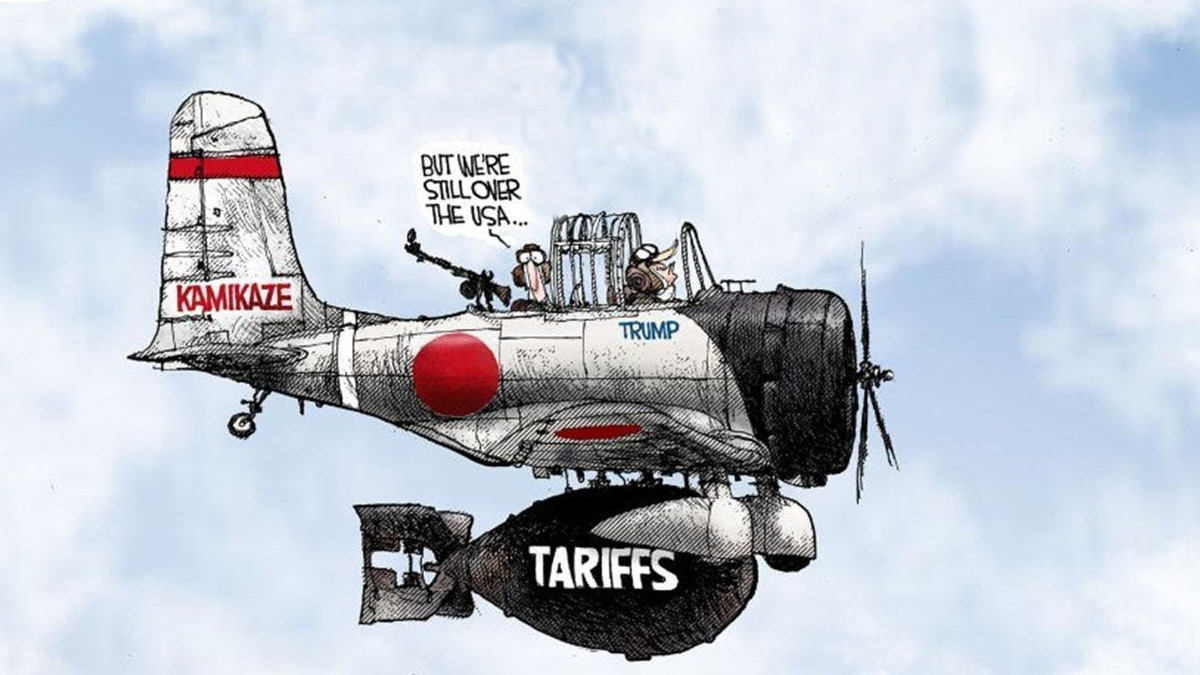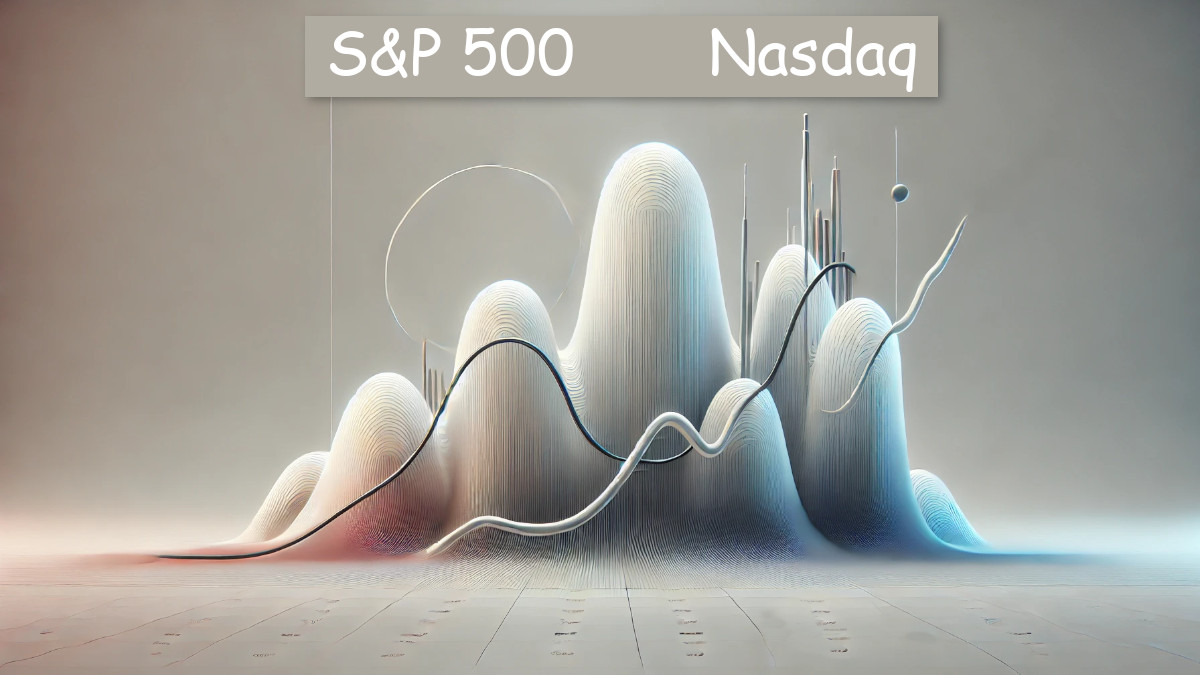General Motors Financial Analysis

General Motors, a major player in the automobiles industry, trades at $44.98 per share as of October 4, 2024, with a modest gain of 0.7%. Despite its strong profitability, the company faces concerns over its financial health, limited growth prospects, and a mixed valuation outlook.
Profitability
- GM is highly profitable compared to its peers, with a Return on Assets (ROA) of 3.89% and Return on Equity (ROE) of 16.03%, outperforming 78.05% and 80.49% of its industry counterparts, respectively.
- The Return on Invested Capital (ROIC) is 6.19%, which positions GM among the top 82.93% of the industry. However, its average ROIC over the past three years lags behind the industry average of 10.90%.
- GM’s operating margin of 7.31% and profit margin of 6.18% rank it favorably within the industry, showcasing operational improvements over recent years.
Valuation
- GM is notably undervalued, with a Price-to-Earnings (P/E) ratio of 4.91, significantly lower than the industry average. This indicates that GM is trading at a discount, as 97.56% of companies in the automobile industry have a higher P/E ratio.
- The Price/Forward Earnings (P/FE) ratio of 4.40 further highlights its cheap valuation compared to the broader market, particularly the S&P 500 average of 22.39.
- GM’s low PEG ratio, which adjusts the P/E for growth, supports the notion of an undervalued stock, making it attractive for value investors.
Growth
- Historically, GM has shown modest growth with Earnings Per Share (EPS) increasing by 2.79% last year and an average growth rate of 4.37% over recent years. Revenue also grew by 4.93% last year.
- However, future projections suggest a decline in EPS by 0.41% annually, while revenue is expected to grow by 4.02%. This signals that while GM may experience revenue growth, profitability could be pressured.
Health and Solvency
- GM’s financial health raises concerns. Its Altman-Z score of 1.29 indicates a higher risk of bankruptcy compared to safer companies. Additionally, its Debt-to-Equity ratio of 1.29 is higher than 73.17% of its peers, reflecting a heavy reliance on external financing.
- Liquidity ratios show potential vulnerability, with a current ratio of 1.18 and a quick ratio of 0.99. These suggest that GM may struggle to cover short-term liabilities, underperforming 65.85% of industry peers.
Dividend
- GM offers a dividend yield of 0.98%, which is lower than the industry average but sustainable, with only 5.63% of its earnings being paid out as dividends. However, the company's declining dividends in recent years and anticipated earnings contraction raise concerns about the sustainability of future dividend payouts.
Bottom Line
General Motors is a profitable and undervalued stock, making it attractive to value investors. However, its financial health is questionable due to high debt levels and liquidity concerns. Growth prospects are limited, with declining EPS forecasts. Therefore, while GM offers good short-term returns, its long-term outlook may require close monitoring.







